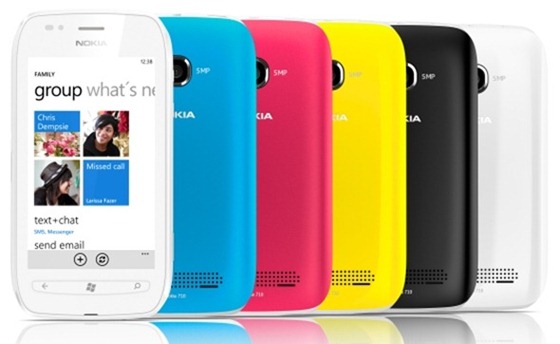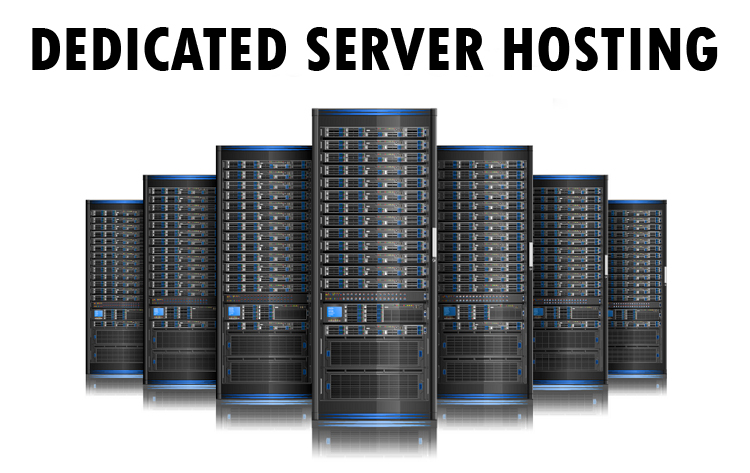
Tablets are one of today’s hottest pieces of technology, as upgrades to tablet hardware and software seem to be released on an almost-daily basis. In this article, we’ll cover the major tablet manufacturers and examine which features are receiving most attention.
The Operating Systems Tablets are currently available in Android, BlackBerry PlayBook OS, iOS, and Windows operating systems. For Android-based tablets, most operate some version of Android 3 (also known as Honeycomb), while some of the most recently released models run Android 4 (also known as Ice Cream Sandwich). Just some of the upgrades in Android 4 include the ability to close apps from the menu screen, an interface designed to be used without buttons, and facial recognition technology that enables phone unlocking capabilities.
Research In Motion recently released version 2.0 of its BlackBerry Playbook OS, and some of its key features include a native email client and the ability to act as a hub for your messages, contacts, and calendar events.
Apple’s iPad line runs iOS, and as of press time, iOS 5 was the most current version. Key upgrades in iOS 5 include a notification center, a built-in messaging utility, and a new reminders utility.
Currently, Windows-based tablets run some version of Windows 7. Microsoft has announced that Windows 8 will be released near the end of this year, and the OS is believed to be similar in design to the Windows Phone 7 OS for smartphones, so it should be more touchscreen-friendly than Windows 7.
New Tablet Features
As the tablet market continues to evolve, manufacturers find new ways to stand out with exciting new features. For instance, new tablets powered by NVIDIA’s Tegra 3 processor provide you with the multitasking power of a quad-core mobile processor, so multiple programs will run more effectively than they did on previous generations of tablets.
Many tablets also feature NVIDIA’s dual-core Tegra 2 processor. Another key hardware feature is the amount of built-in flash storage; popular options include 8GB, 16GB, and 32GB.
Many new tablets offer an HDMI (High-Definition Multimedia Interface) output, such as Skytex’s SKYPAD Alpha 2 ($299.99), that allows you to easily connect your tablet to an HDTV or projector—ideal if you want to use your tablet for work presentations, videos, or images. Many new highend tablets also offer a wide-variety of connectivity options, such as Wi-Fi, Bluetooth, GPS, 3G/4G cellular data, microSD ports, and USB ports. In terms of popular screen sizes, tablets currently range between the 5- and 10.1-inch range, and you’ll find the widest range of selection with screen sizes 9 inches and above.
Accessories
There are also a number of accessories for tablets. For example, you can now find many keyboard/case bundles that provide you with a netbook-like shell and a built-in keyboard that you can use to quickly enter text, which is perfect for those who use their tablets
to answer emails and create documents.
Some tablets can also capture hand writing, and with a tool such as Wacom’s Bamboo Stylus for iPad ($29.95), you can use a digital pen that’s weighted like a traditional pen for accurate notetaking, sketching, and drawing.
Key Business Feature
One of the most talked about recent tablet innovations is dual-facing cameras.
With a front-facing camera, such as that on the Archos 70 Internet Tablet (price starts at $239.99), you’ll be able to use your tablet to video chat with clients and friends, which is handy for business travelers who need to remotely attend meetings and see their families.
The back-facing camera can be used to take photos or scan QR (Quick Response) codes.
Author Bio:
Guest Post by Kashif Raza. Looking for cpap mask? Visit respshop.com for cpap supply.


























Leave a Reply